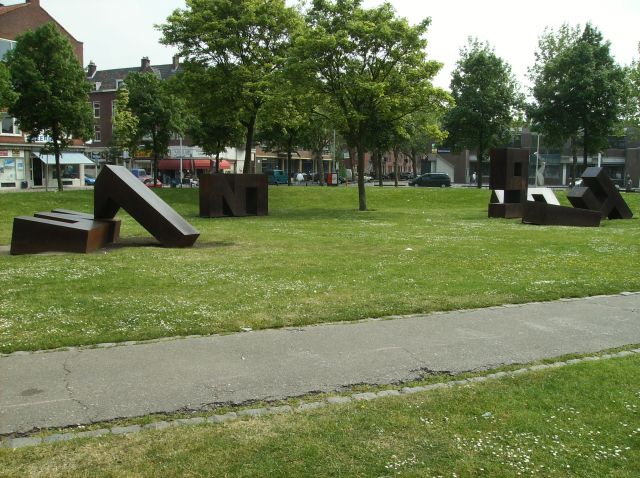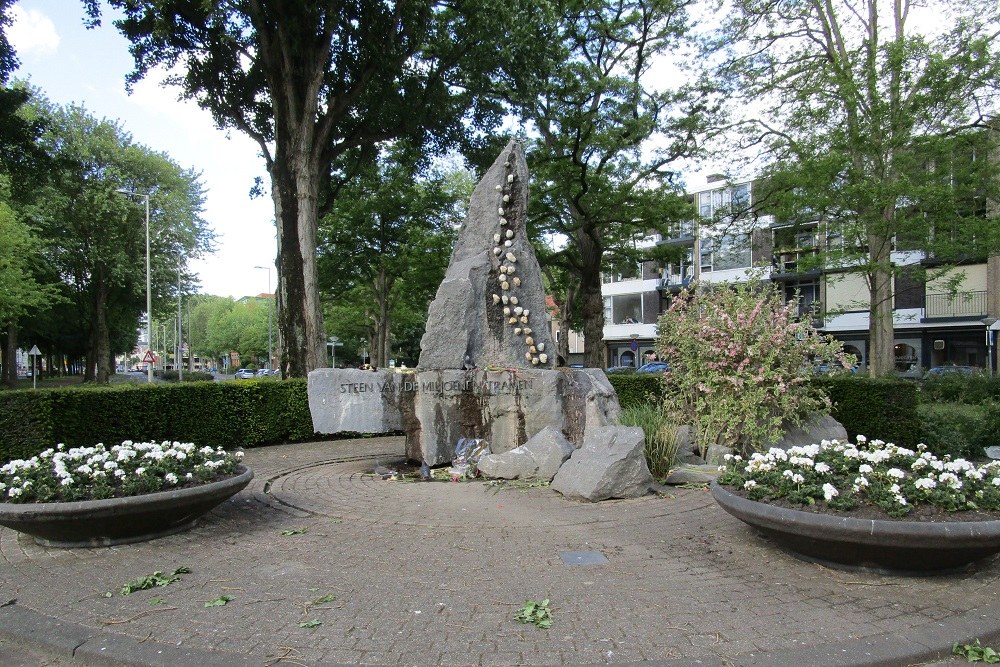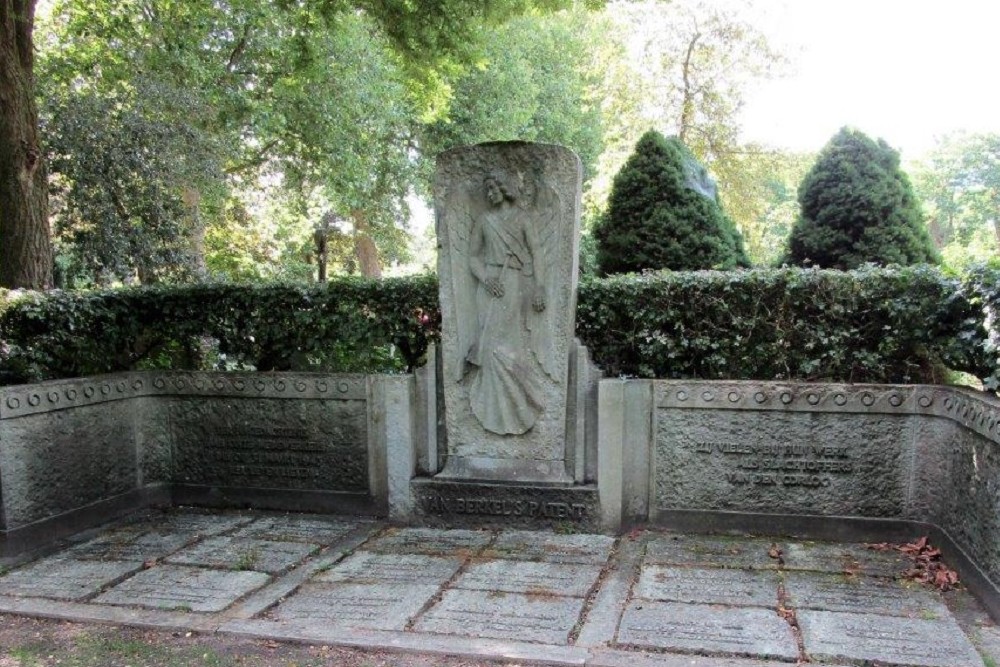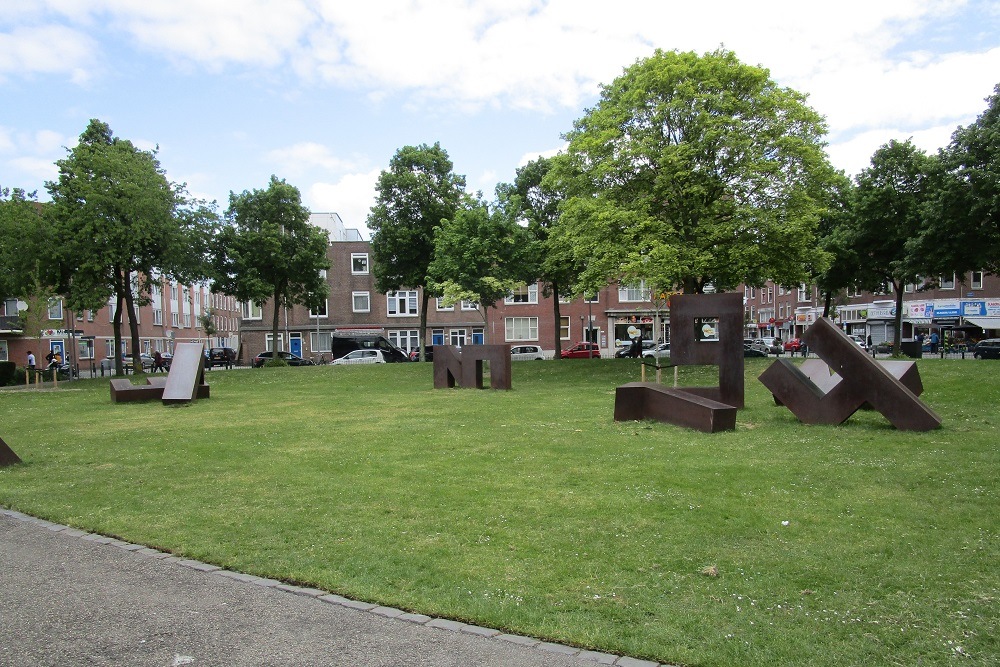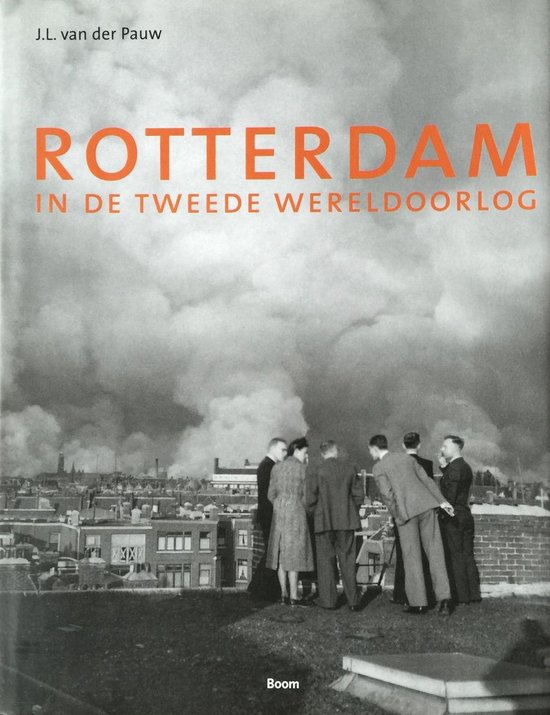The Forgotten Bombardment
Introduction
On March 31, 1943, the docks of Rotterdam were the location of a bombardment. This happened slightly to the east of the Wilton-Feijenoord shipyard. By mistake, many of the bombs were dropped on the housing estate of Bospolder-Tussendijken, instead of on the actual docks. Hundreds of locals were killed or wounded, and thousands were made homeless. Whenever people in Rotterdam speak of the bombing the city endured, they often talk about May 14, 1940 rather than of the erroneous attack of March 31, 1943. Hence, this bombardment has earned the nickname of ‘The Forgotten Bombardment.’
Mission
In 1943, the Allied air offensive in Western Europe was in full swing. In order to weaken the German forces, the Allied troops attacked the German war industry. These targets were mostly within Germany, but some of them were also in other, German-occupied, countries. At the Wilton-Feijenoord shipyard in Schiedam, for example, torpedo tubes for German U-boats were manufactured. Therefore, this wharf was designated by the Allies to be bombed. On March 31, 1943, six Bombardment Groups of the 8th United States Army Air Force were to destroy the wharf. In the end, the target area included not only the shipyard, where the torpedo tubes were being manufactured, but nearly the entire industrial distict between the Keilehaven and the Merwehaven.
At about half past nine in the morning, the first B-17 Flying Fortress bombers took off from their respective airfields Molesworth (Huntingdonshire) and Chelveston (Northamptonshire) in England. Fifteen minutes later every one of the 102 airplanes was in the air and on its way to Rotterdam. Because of the heavy clouding, one plane lost contact with the formation rather quickly and headed back to England. Two other bombers collided over Wellingboro, probably as a result of the poor visibility as well. Four of the six Bombardment groups were then recalled to their airfields. The 303rd and 305th (Heavy) Bombardment Groups were not ordered to revert and those thirty-three bombers continued their mission to attack the Wilton-Feijenoord shipyard.
Bombardment
The B-17’s of the 305th Bombardment Group were the first to arrive at their goal area at nine to half past one. Visiblity was still very poor due to the thick clouds that hung above Rotterdam as well. In addition to the overcast, there was also a very stiff wind. The U.S. bombers dropped their explosive charges. The bombs came down on the Nieuwe Waterweg’s south shore, some on the Rotterdamse Droogdok Maatschappij, and most of the bombs fell on open terrain. They therefore caused little damage.
Few minutes later, the airplanes of the 303rd Bombardment Group arrived.They too suffered from the dense clouds that deprived them the sight at their targets. The decision to attack nearby targets followed. The people aiming the bombs at targets had to adjust their goals speedily and probably forgot to take the strong wind into account. The planes dropped more than a hundred demolition bombs (thousand pounders) between 13.29 and 13.31. Staff Sergeant Robert Blake, Tailgunner of the ‘Sky Wolf’ said when he returned to England: "Sitting in the tailpiece of the plane, I had the opportunity to observe the results of the bombardment. I saw some ‘hits’ on goal." However, approximately seventy bombs were no ‘hits’, missed their targets, and landed on the Bospolder-Tussendijken district. These bombs inflicted considerable damage. The Mathenesserweg, Schiedamseweg and the Marconi Square were hit, just as the housing estates behind these streets. The size of the destruction increased due to the fires the demolition bombs, which had an extra violent explosive force, caused. The fire was stirred up because of the strong wind and could therefore spread quickly. The Allies’ mistake meant the death of 326 people from Rotterdam. A week after the bombardment, 57 of those were buried in a mass grave at the Crooswijk cemetery because their bodies were unidentifiable. Besides the deceased, over 400 people were wounded and more than 16.000 locals lost their homes. Except for the bombing of Nijmegen on February 22, 1944, ‘The Forgotten Bombardment’ of Rotterdam is the biggest erroneous bombardment on a Dutch city throughout World War II.
During the mission, no planes were lost due to German anti-aircraft guns. The light and inaccurate shooting from ground was probably the result of the poor visibility and strong wind as well. The 303rd Bombardment Group did lose two bombers as a result from an in-air collision. These were the planes ‘Ooold Soljer’ and ‘Two Beats’ of Lieutenants James Dunn, and Keith Bartlett. Fifteen crew members lost their lives in the crash. They are buried at the Cambridge American Cemetery. Five of the other crew members managed to leave the plane by parachute in time.
Monument
Fifty years after the bombardment, a monument has been revealed to serve as a reminder for this fateful event. It is called ‘The Forgotten Bombardment’ (‘Het Vergeten Monument, in Dutch) and was an initiative of the group with that same name. Matthieu Ficheroux, an artist from Rotterdam, designed the memorial. The monument includes the digits that form the date of the event. The digits are made of weathering steel, and are scattered in the grass; thus leaving the impression that bombs have hit the memorial as well. The monument can be found at the Gijzingsplantsoen (Park 1943) in the Rotterdam district of Delfshaven.
Definitielijst
- Flying Fortress
- Nickname for the Boeing B-17 heavy bomber, because of its heavy defensive armament.
- offensive
- Attack on a smaller or larger scale.
- torpedo
- A weapon of war. A cigar shaped body fitted with explosives and a propulsion and control mechanism. Intended to target after launch a nearby enemy ship and disable it by underwater explosion.
Images
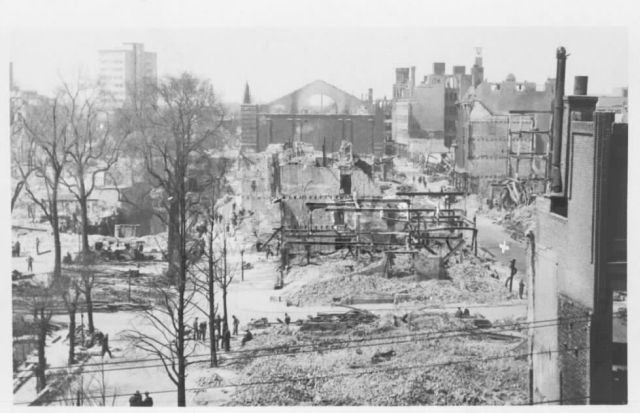 Destruction after the bombardment Source: Beeldbank WO2.
Destruction after the bombardment Source: Beeldbank WO2.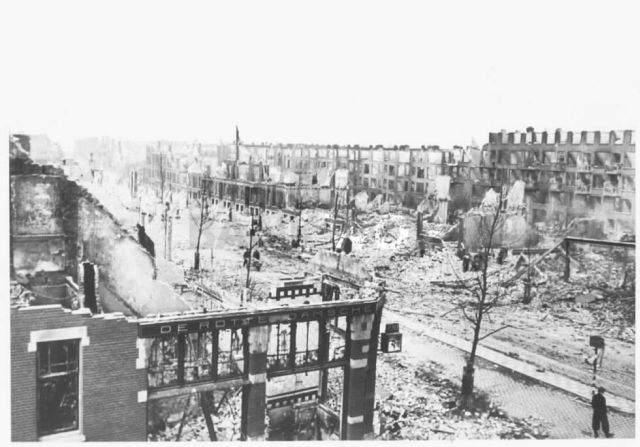 Destruction after the bombardment Source: Beeldbank WO2.
Destruction after the bombardment Source: Beeldbank WO2.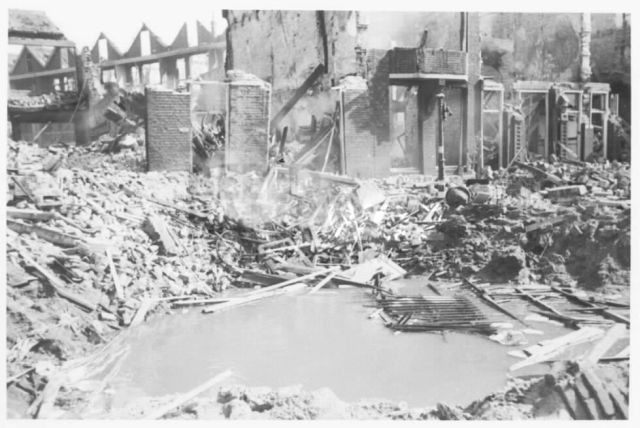 A bomb crater in the district Bospolder-Tussendijken Source: Beeldbank WO2.
A bomb crater in the district Bospolder-Tussendijken Source: Beeldbank WO2.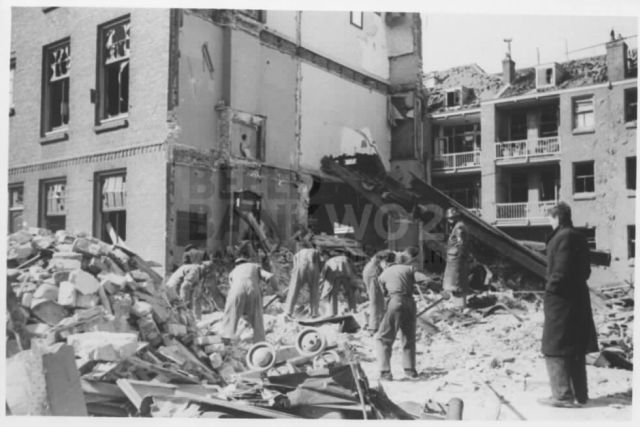 Searching for survivors after the bombardment Source: Beeldbank WO2.
Searching for survivors after the bombardment Source: Beeldbank WO2.Information
- Article by:
- Pieter Schlebaum
- Translated by:
- Richard Veerman
- Published on:
- 25-01-2011
- Last edit on:
- 30-09-2024
- Feedback?
- Send it!
